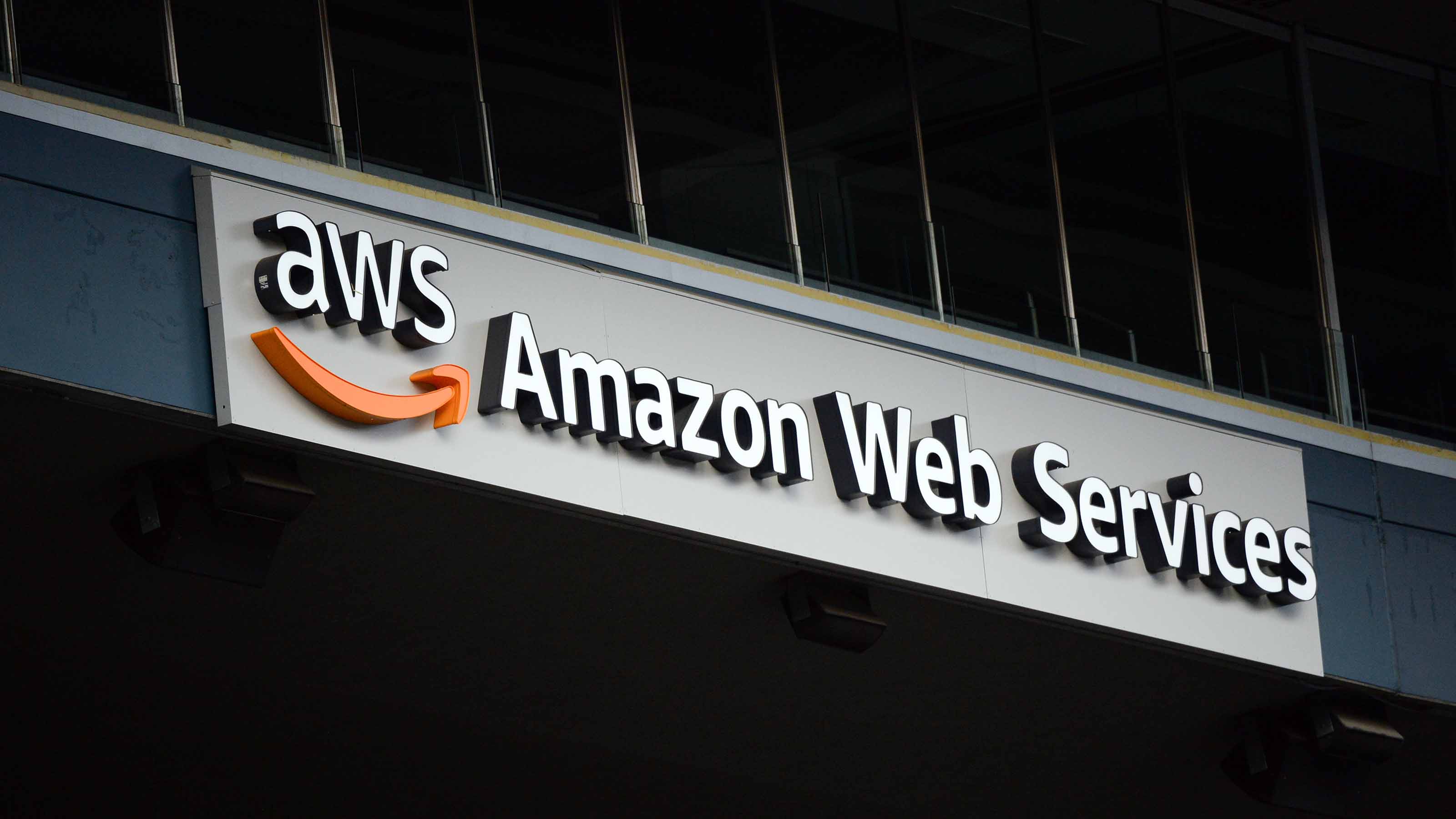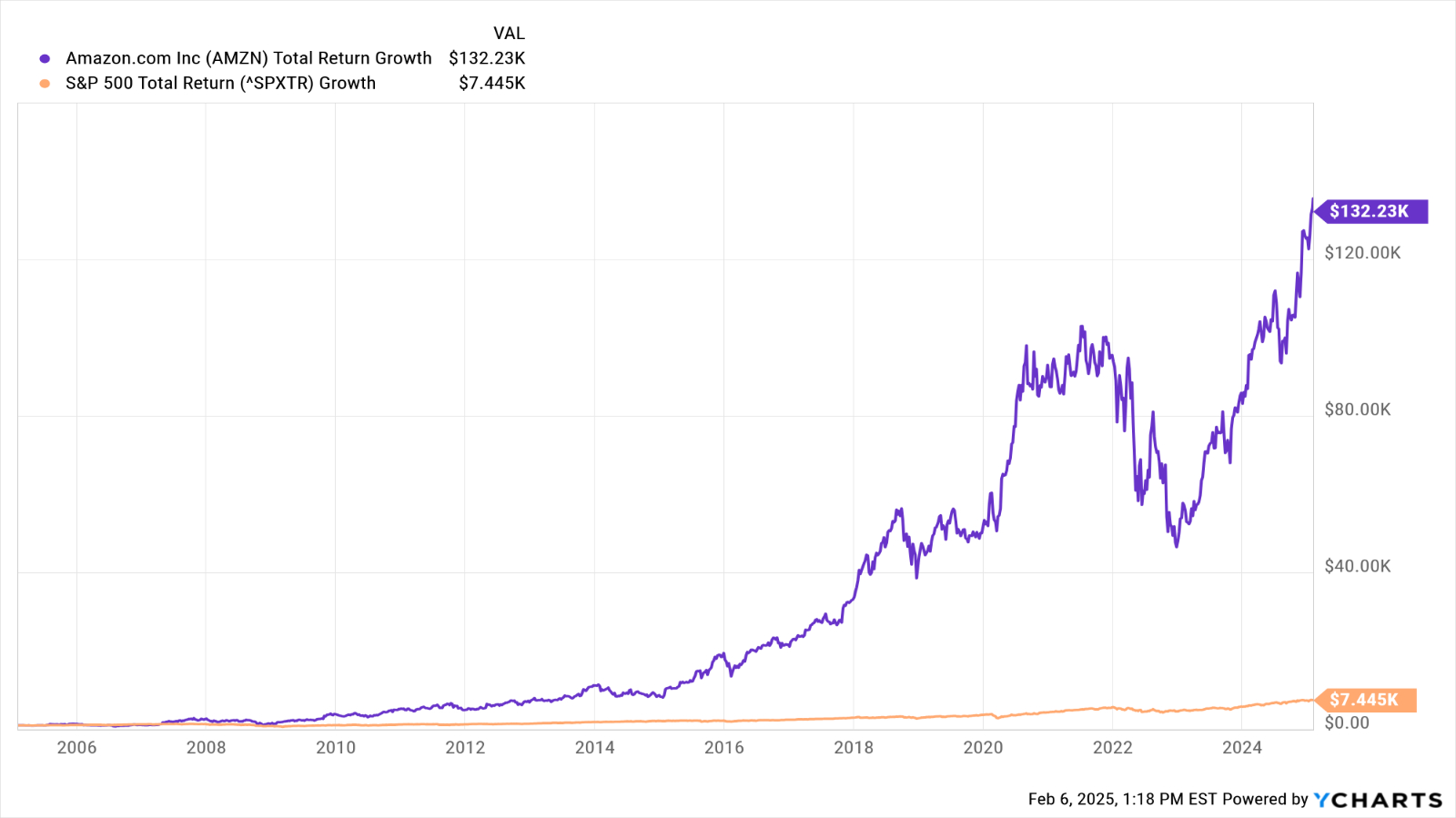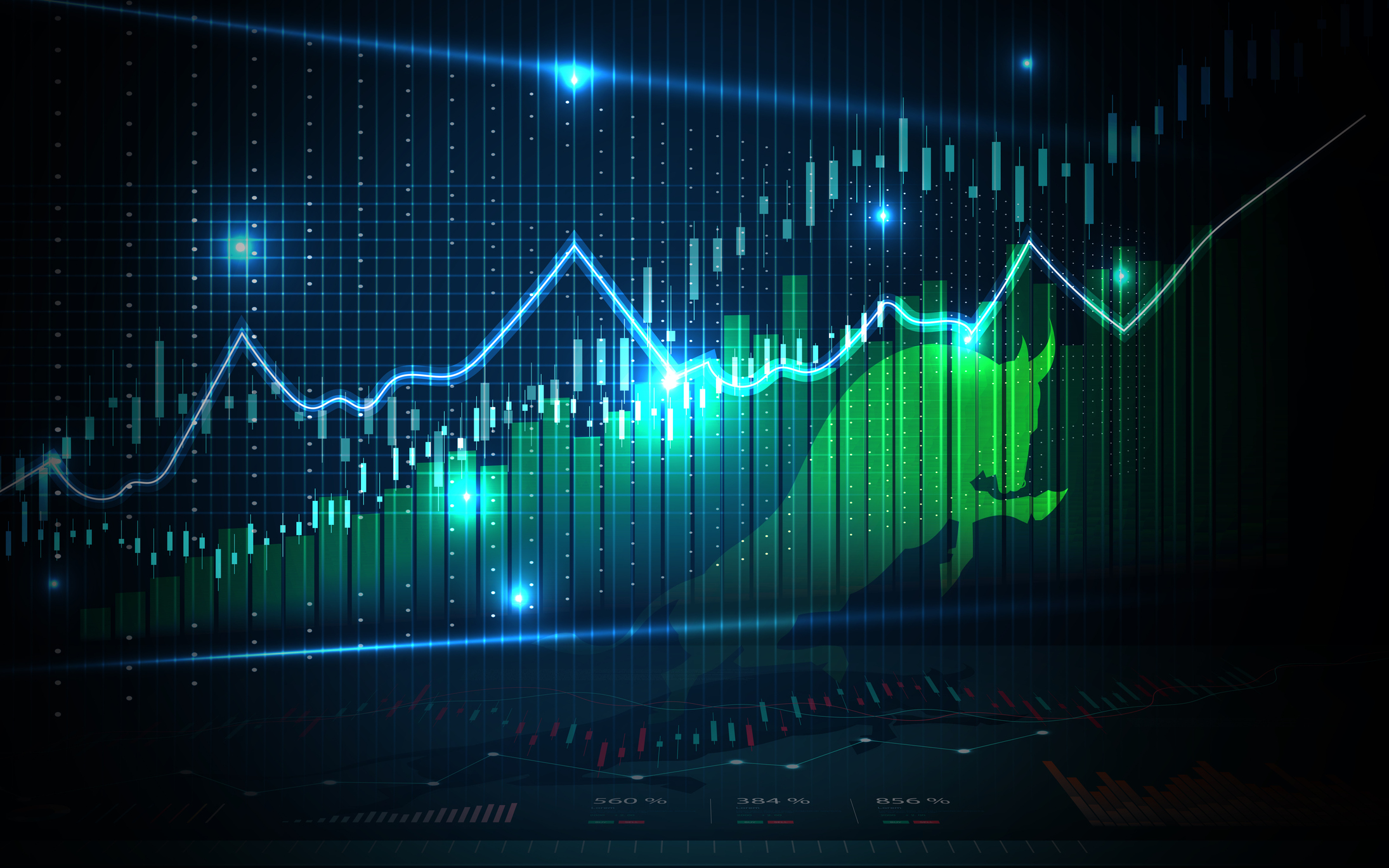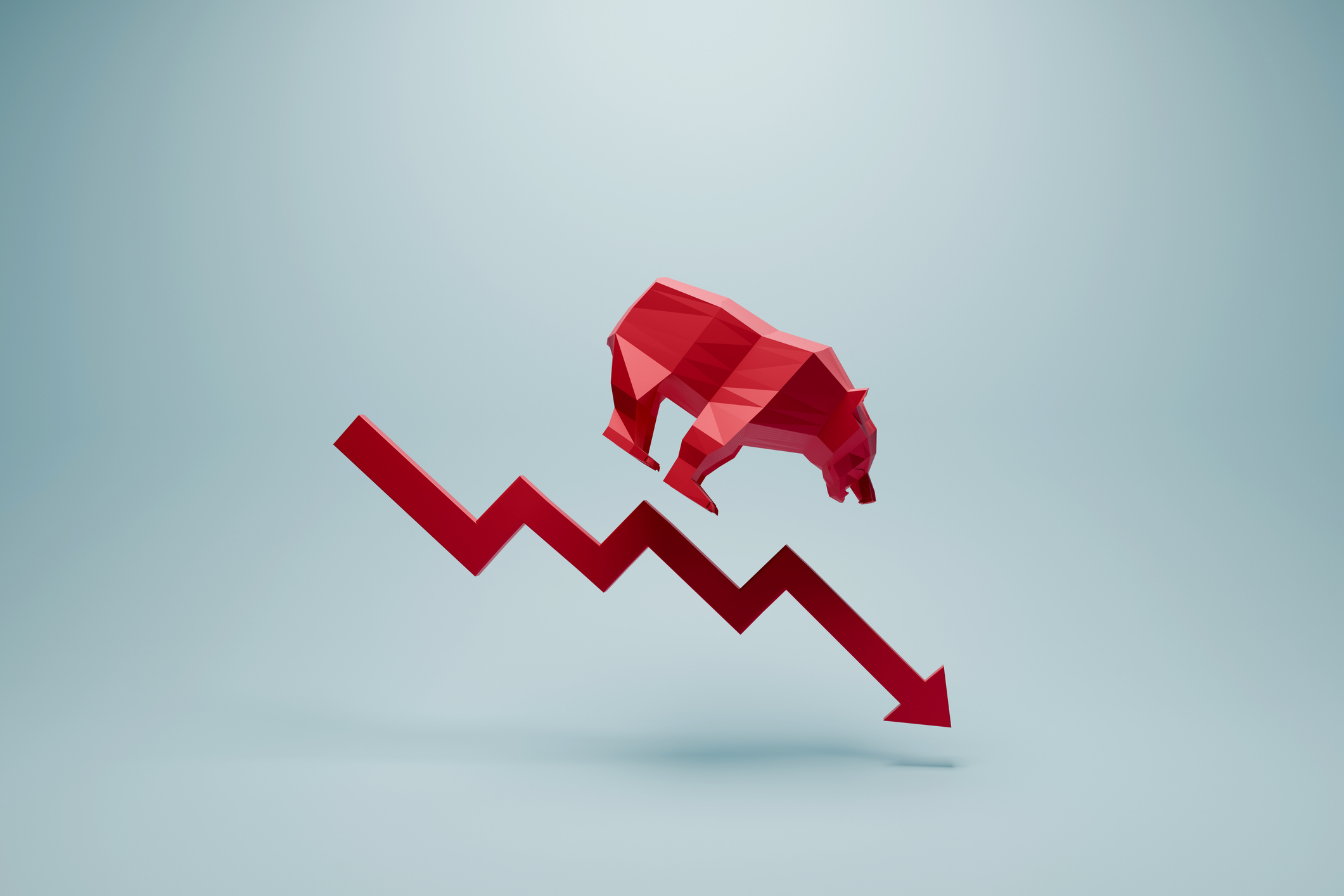If You'd Put $1,000 Into Amazon Stock 20 Years Ago, Here's What You'd Have Today
Amazon stock has been a buy-and-hold investor's best friend.



Amazon.com (AMZN) is back to outperforming the broader market by leaps and bounds, or exactly the sort of performance long-time shareholders have come to expect.
Indeed, truly patient investors in Amazon stock have enjoyed astonishing returns over the decades.
Amazon, which joined the Dow Jones Industrial Average in February 2024, suffered some profoundly painful drawdowns over the years. From peak to trough, Amazon stock lost over half its value, wiping out more than a trillion dollars in market value at one point in the process.

Sign up for Kiplinger’s Free E-Newsletters
Profit and prosper with the best of expert advice on investing, taxes, retirement, personal finance and more - straight to your e-mail.
Profit and prosper with the best of expert advice - straight to your e-mail.
But, hey, that's just the price of admission to one of the best stocks of all time.
Amazon, which began life as a modest website for book buyers, went public in 1997, and has since generated truly outsized wealth for shareholders. An analysis by Hendrik Bessembinder, finance professor at the W.P. Carey School of Business at Arizona State University, found that Amazon was one of the 30 best stocks in the world over three decades.
Between its initial public offering in 1997 and December 2020, Amazon stock created nearly $1.6 trillion in wealth for shareholders, according to Bessembinder's model, which includes cash flows in and out of the business and other adjustments.
Amazon's emergence as the nation's largest e-commerce company is only part of the story behind its extraordinary wealth creation. The firm is a giant in cloud-based services and artificial intelligence (AI), and a leader in streaming media and digital advertising.
Amazon has a massive footprint in the analog world too. It owns the Whole Foods grocery store chain and maintains sprawling logistics operations. The latter comprise a vast assemblage of distribution centers and fleets of commercial aircraft and trucks, among other capital intensive assets.
But let's face it: Amazon, like most of the other Magnificent 7 stocks these days, is benefitting from the seemingly boundless exuberance over all things AI.
The bottom line on Amazon stock?

Which brings us to what $1,000 invested in Amazon stock 20 years ago would be worth today.
As you can see in the above chart, if you had invested $1,000 in Amazon stock a couple of decades ago, it would today be worth about $132,000. That's good for an annualized total return of 27.7%.
By comparison, the same sum invested in the S&P 500 over the same time frame would theoretically be worth about $7,400 today. That comes to an annualized total return (price change plus dividends) of 10.6%.
If past is anything like prologue, Amazon will continue to outperform the broader market at a healthy clip. For its entire history as a publicly traded company, Amazon stock generated an annualized total return of 32.4%. The S&P 500 generated an annualized total return of 10.7% over the same span.
Put another way, Amazon stock has more than tripled the performance of the broader market since it went public. The way things are going, bulls are probably feeling pretty confident about Amazon keeping its streak alive.
Wall Street sure thinks it can – at least over the next 12 months or so. Of the 66 analysts issuing opinions on Amazon surveyed by S&P Global Market Intelligence, 44 call it a Strong Buy, 18 say Buy, three have it at Hold and one rates it at Sell.
That works out to a rare consensus recommendation of Strong Buy, and with high conviction to boot. Indeed, Amazon makes the list of analysts' best Dow Jones stocks, as well as the Street's top S&P 500 stocks to buy now.
More Stocks of the Past 20 Years
- If You'd Put $1,000 Into Apple Stock 20 Years Ago, Here's What You'd Have Today
- If You'd Put $1,000 Into Intel Stock 20 Years Ago, Here's What You'd Have Today
- If You'd Put $1,000 Into Microsoft Stock 20 Years Ago, Here's What You'd Have Today
Get Kiplinger Today newsletter — free
Profit and prosper with the best of Kiplinger's advice on investing, taxes, retirement, personal finance and much more. Delivered daily. Enter your email in the box and click Sign Me Up.

Dan Burrows is Kiplinger's senior investing writer, having joined the august publication full time in 2016.
A long-time financial journalist, Dan is a veteran of MarketWatch, CBS MoneyWatch, SmartMoney, InvestorPlace, DailyFinance and other tier 1 national publications. He has written for The Wall Street Journal, Bloomberg and Consumer Reports and his stories have appeared in the New York Daily News, the San Jose Mercury News and Investor's Business Daily, among many other outlets. As a senior writer at AOL's DailyFinance, Dan reported market news from the floor of the New York Stock Exchange.
Once upon a time – before his days as a financial reporter and assistant financial editor at legendary fashion trade paper Women's Wear Daily – Dan worked for Spy magazine, scribbled away at Time Inc. and contributed to Maxim magazine back when lad mags were a thing. He's also written for Esquire magazine's Dubious Achievements Awards.
In his current role at Kiplinger, Dan writes about markets and macroeconomics.
Dan holds a bachelor's degree from Oberlin College and a master's degree from Columbia University.
Disclosure: Dan does not trade individual stocks or securities. He is eternally long the U.S equity market, primarily through tax-advantaged accounts.
-
 6 Stunning Waterfront Homes for Sale Around the US
6 Stunning Waterfront Homes for Sale Around the USFrom private peninsulas to lakes, bayous and beyond, Kiplinger's "Listed" series brings you another selection of dream homes for sale on the waterfront.
By Charlotte Gorbold Published
-
 Six Reasons to Disinherit Someone and How to Do It
Six Reasons to Disinherit Someone and How to Do ItWhether you're navigating a second marriage, dealing with an estranged relative or leaving your assets to charity, there are reasons to disinherit someone. Here's how.
By Donna LeValley Published
-
 Should You Still Wait Until 70 to Claim Social Security?
Should You Still Wait Until 70 to Claim Social Security?Delaying Social Security until age 70 will increase your benefits. But with shortages ahead, and talk of cuts, is there a case for claiming sooner?
By Evan T. Beach, CFP®, AWMA® Published
-
 Retirement Planning for Couples: How to Plan to Be So Happy Together
Retirement Planning for Couples: How to Plan to Be So Happy TogetherPlanning for retirement as a couple is a team sport that takes open communication, thoughtful planning and a solid financial strategy.
By Andrew Rosen, CFP®, CEP Published
-
 Market Turmoil: What History Tells Us About Current Volatility
Market Turmoil: What History Tells Us About Current VolatilityThis up-and-down uncertainty is nerve-racking, but a look back at previous downturns shows that the markets are resilient. Here's how to ride out the turmoil.
By Michael Aloi, CFP® Published
-
 Stock Market Today: Stocks Surge to Close a Volatile Week
Stock Market Today: Stocks Surge to Close a Volatile WeekIt was another day with a week's worth of both news and price action, but it ended on a strongly positive note.
By David Dittman Published
-
 Home Insurance: How to Cut Costs Without Losing Coverage
Home Insurance: How to Cut Costs Without Losing CoverageNatural disasters are causing home insurance premiums to soar, but don't risk dropping your coverage completely when there are ways to keep costs down.
By Jared Elson, Investment Adviser Published
-
 Markets Roller Coaster: Resist the Urge to Make Big Changes
Markets Roller Coaster: Resist the Urge to Make Big ChangesYou could do more harm than good if you react emotionally to volatility. Instead, consider tax-loss harvesting, Roth conversions and how to plan for next time.
By Frank J. Legan Published
-
 Why Homeowners Insurance Has Gotten So Very Expensive
Why Homeowners Insurance Has Gotten So Very ExpensiveThe home insurance industry is seeing more frequent and bigger claims because of weather, wildfires and other natural disasters.
By Karl Susman, CPCU, LUTCF, CIC, CSFP, CFS, CPIA, AAI-M, PLCS Published
-
 Stock Market Today: Uncertainty Proliferates: Dow Loses 1,014 Points
Stock Market Today: Uncertainty Proliferates: Dow Loses 1,014 PointsWeaker-than-expected consumer inflation data wasn't enough to stabilize sentiment during another volatile day for financial markets.
By David Dittman Published